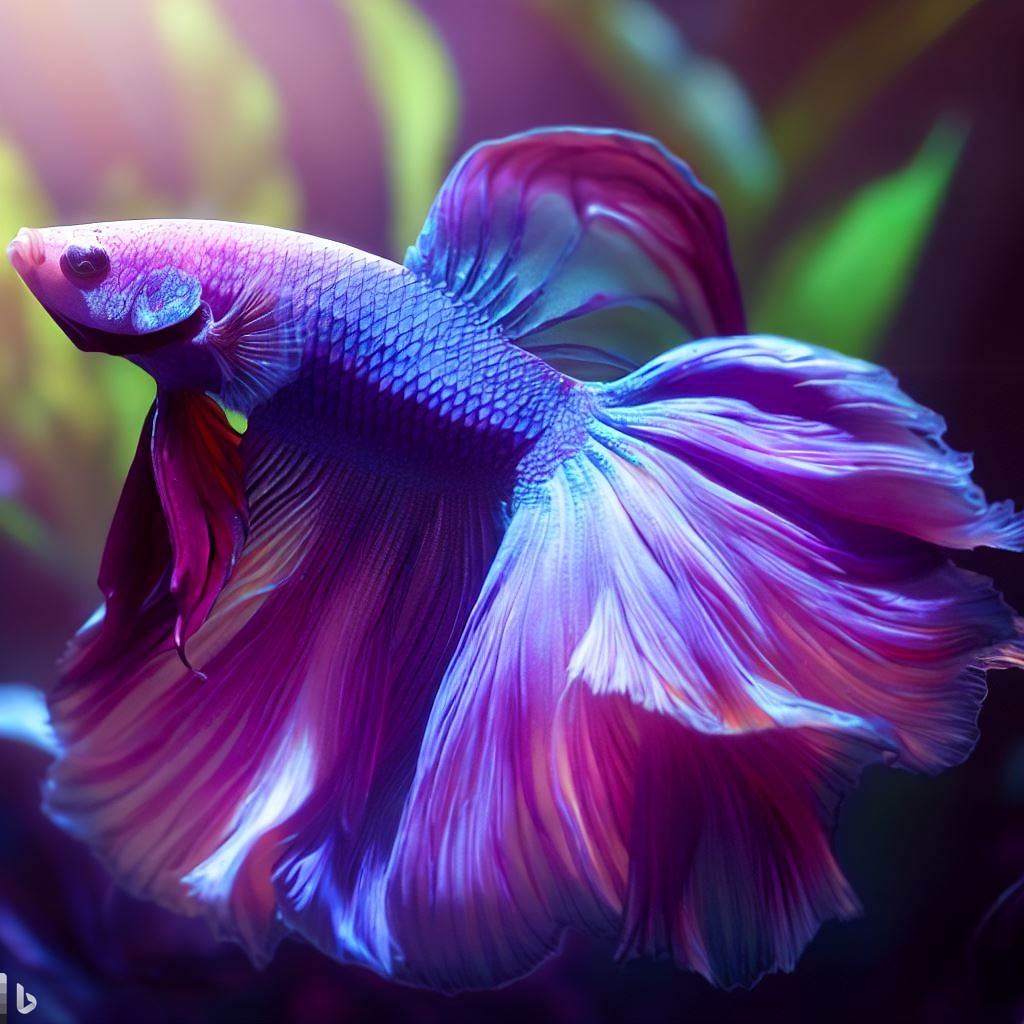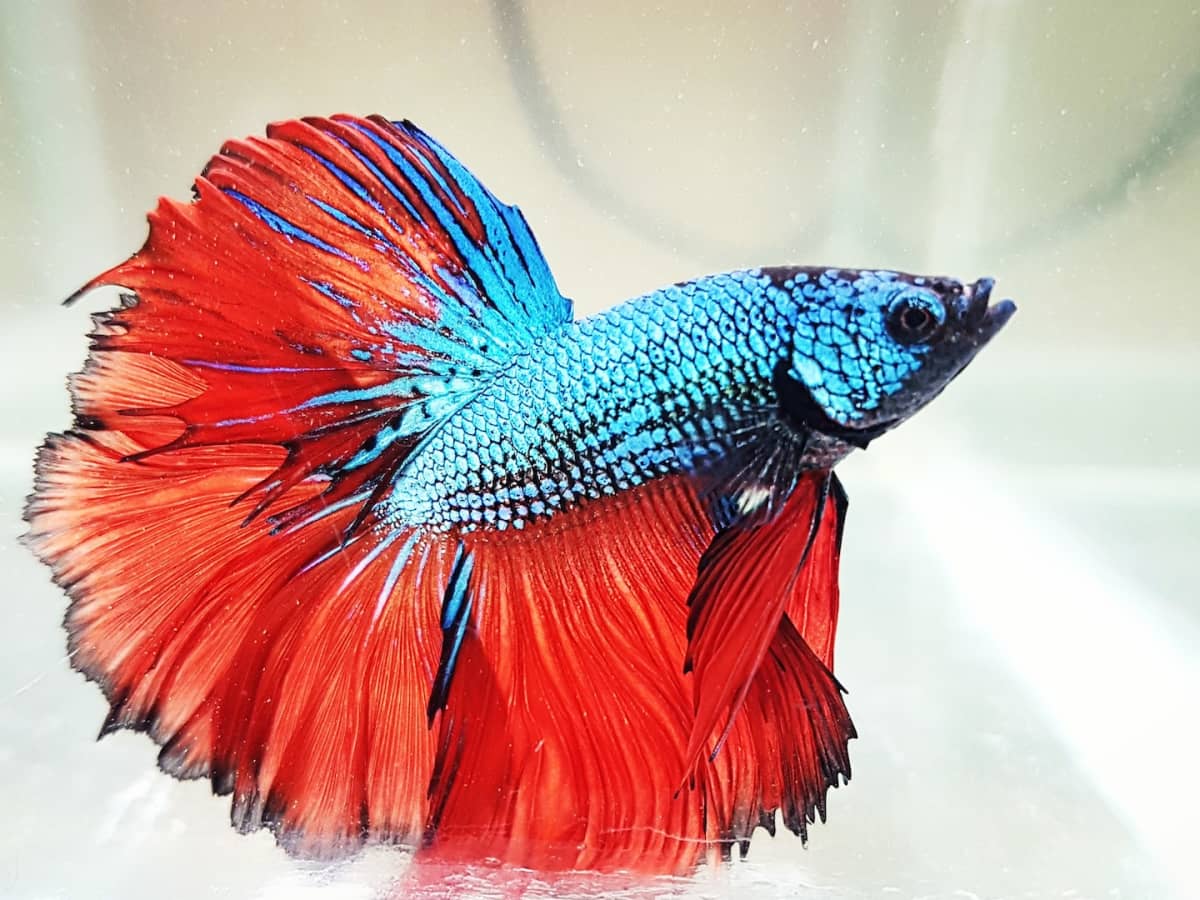Everything About Betta Fish: Recognizing Their Special Needs, Actions, and the Finest Practices for Optimum Treatment
Recognizing the one-of-a-kind demands and behaviors of Betta fish is vital for any kind of aquarist looking to give optimal treatment. These exciting creatures, belonging to the cozy waters of Southeast Asia, show unique territorial propensities and need details environmental problems to flourish. From selecting the right tank dimension to identifying prospective health and wellness concerns, numerous factors significantly influence their wellness. As we check out these components better, the effects for both amateur and knowledgeable fish caretakers come to be progressively obvious, questioning regarding just how best to suit these impressive fish in our homes.
Betta Fish Introduction
Although usually admired for their dynamic shades and flowing fins, Betta fish, clinically referred to as Betta splendens, are complicated creatures that need specific like thrive. Originating from Southeast Asia, these freshwater fish are recognized for their territorial nature and special behaviors. Betta fish show sex-related dimorphism, with men displaying more dazzling colors and longer fins than women.
Their aggressive tendencies, especially amongst males, require careful consideration when housing them. Bettas are often kept in single-specimen storage tanks to stop territorial disagreements. However, they can coexist quietly with certain suitable types in bigger area tanks, provided the setting satisfies their demands.

To make sure optimal treatment, aquarists need to comprehend their unique behavior traits, dietary demands, and environment demands. betta fish. With correct interest, Betta fish can show their vivid personalities and grow in a well-kept fish tank setting
Natural Environment and Environment
Betta fish flourish in a varied range of all-natural habitats, mostly discovered in the shallow waters of Southeast Asia, including rice paddies, swamps, and slow-moving streams. These settings are defined by warm temperatures, normally in between 75 ° F and 82 ° F(24 ° C and 28 ° C ), and a pH degree ranging from 6.5 to 7.5, which is ideal for their wellness and well-being.
In their natural environments, Betta fish are accustomed to thick vegetation, providing both sanctuary and breeding premises. The existence of plants such as floating water lilies and thick turfs not only supplies defense from predators yet likewise contributes to the oxygenation of the water, which is necessary for their respiratory needs. Additionally, these atmospheres commonly have areas of still water, allowing Betta fish to display their natural habits such as bubble nesting.
Recognizing the natural habitat of Betta fish is crucial for aquarium lovers. Duplicating these conditions-- with water temperature, pH equilibrium, and the addition of live plants-- can substantially enhance the general wellness and long life of these exciting fish, ensuring they flourish in a home fish tank setting.
Social Habits and Communications
Understanding the social behavior and interactions of Betta fish is essential for effective aquarium monitoring. Betta fish, or Siamese combating fish, are recognized for their special behavior traits, defined primarily by territoriality and aggressiveness. Men, in certain, present very aggressive habits in the direction of one an additional, leading to the infamous online reputation of Betta fish as fighters. In a constrained space, two males can participate in fierce fights, often resulting in like this injury or death.
On the other hand, female Bettas show much less hostile habits and can exist side-by-side in groups, referred to as sororities, if introduced properly. It is crucial to monitor their interactions closely, as pecking order and supremacy can lead to disputes. Comprehending the dynamics within a Betta community is important; establishing hiding spots and making sure adequate space can alleviate aggression.
Furthermore, Betta fish might likewise present inquisitiveness and social behaviors in the direction of other varieties. While they can coexist with specific non-aggressive container mates, it is important to select compatible varieties to avoid stress and anxiety and aggressiveness. In general, recognizing these social communications is essential to cultivating an unified aquarium environment for Betta fish.
Crucial Treatment Standards
Providing proper care for Betta fish is crucial to their health and wellness and wellness. Normal water adjustments-- approximately 25% once a week-- assistance maintain water high quality.
Betta fish need a suitable tank size; a minimum of 5 gallons is advised to supply appropriate area for swimming and hiding. Include decors and plants to develop a stimulating environment, but avoid sharp objects that could harm their delicate fins.

Finally, ensure the tank is furnished with a filter to maintain the water clean, but use a gentle filter to avoid strong currents that can worry the fish. By adhering to these important care guidelines, owners can promote a healthy and lively Betta fish.
Common Health Issues and Solutions
In the treatment of Betta fish, understanding of common health issues is vital for keeping their wellness. One common concern is fin rot, typically caused by poor water top quality or microbial infection. Signs consist of frayed or blemished fins. To deal with fin rot, enhance water problems and think about using a broad-spectrum antibiotic.
An additional common disorder is ich, a parasitical infection characterized by white spots on the fish's body (betta fish). Treatment involves raising water temperature level and adding aquarium salt to the storage tank, as this can aid eliminate the bloodsucker
Swim bladder condition is additionally often observed, bring about buoyancy problems. This condition may occur from overfeeding or constipation. A fasting period of 24-48 hours, followed by a diet plan of blanched peas, can supply alleviation.
Finally, bettas might endure from velour disease, suggested by a gold dust-like look on their skin. Therapy commonly requires medication particularly created for external bloodsuckers, along with boosted tank hygiene.
Regular monitoring of water parameters, maintaining a tidy environment, and supplying a balanced diet plan are vital safety nets. By dealing with these wellness concerns quickly, Betta fish can lead healthier, much more dynamic lives.
Verdict
In recap, successful betta fish care needs an understanding of their special requirements and actions. Giving an appropriate atmosphere, including ideal container dimension and water problems, is important for their well-being. Furthermore, acknowledging their territorial nature and ensuring sufficient hiding places can avoid aggressiveness. Routine tracking visit homepage of health and wellness and water top quality, together with a well balanced diet regimen, contributes to the durability and vibrancy of betta fish. Adhering to these guidelines will cultivate a growing marine community for these captivating creatures.